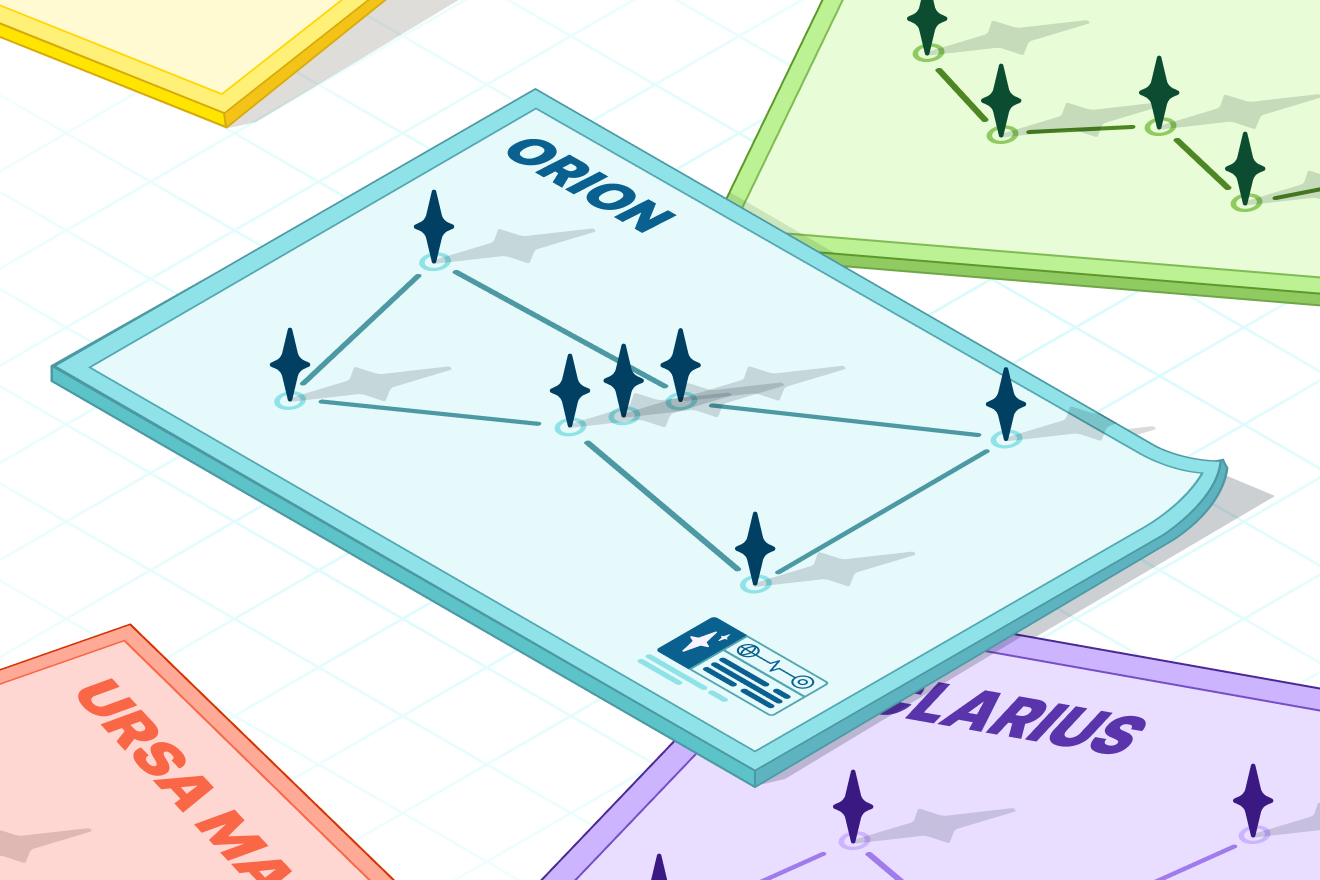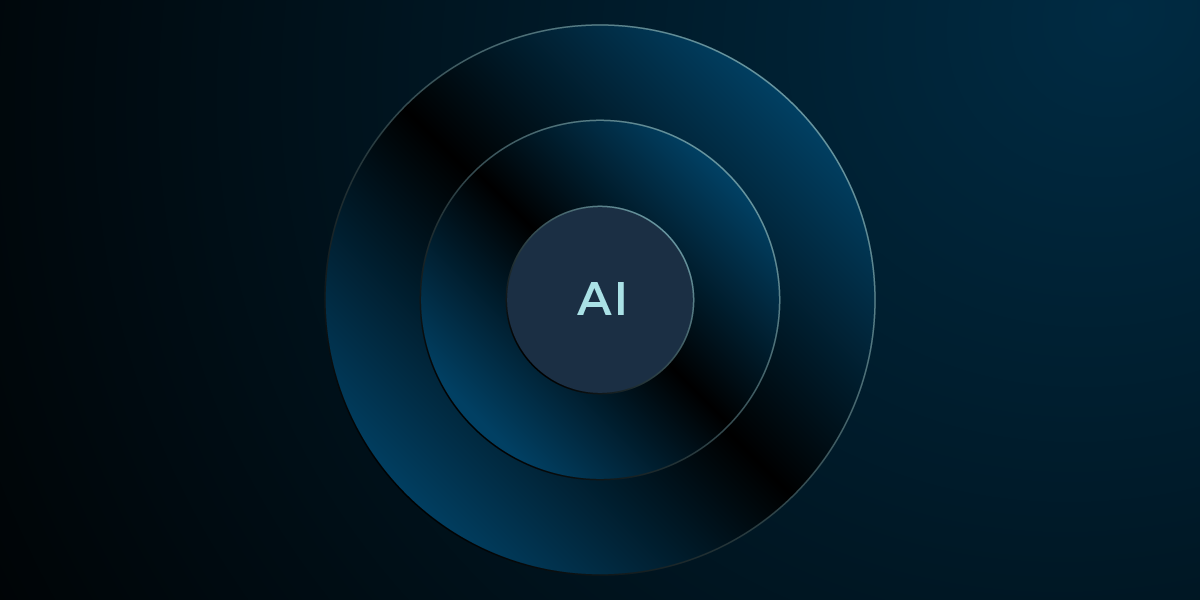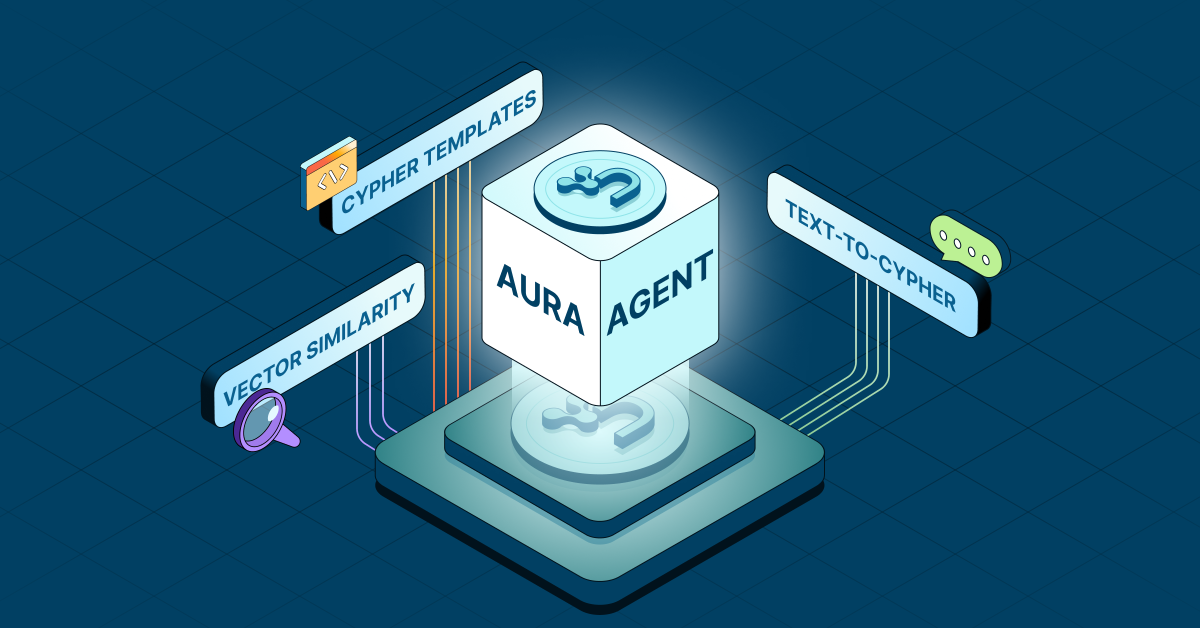Simplifying Identity Management: 5-Minute Interview with Alex Babeanu

Senior Manager, Content, Neo4j
3 min read

“We’ve tried using LDAP. We’ve tried using SQL databases. It’s just a nightmare to be honest,” said Alex Babeanu, Identity Solutions Architect at Nulli.
With smartphones, online services, smart devices, the number of identities that must be managed is exploding, exponentially increasing the complexity of identity and access management (IAM). Using a graph database brings sanity and rapid progress from requirements to solutions.
In this week’s five-minute interview (conducted at GraphConnect 2018 in NYC), we spoke with Alex Babeanu, Identity Solutions Architect at Nulli, about his work in designing solutions for clients and why he feels graphs and AI will be important moving forward.
How do you use Neo4j?
Alex Babeanu: We implement identity solutions. We have a couple of key partners, Neo4j
being one of them and also ForgeRock. We do system integrations, as well as the full design of the solution. We take in requirements and we work to find the best solution possible for our clients. More often than not, nowadays, this requires a graph database.
We have actually even started building our own identity product to match exactly what we need. We did it for one of our clients, and we’re starting to build on that as well. We might have a couple more clients interested in it now, so we’re maybe shifting a little toward product as well, but we still have a strong focus on consulting.
What made you choose Neo4j?
Babeanu: One of the problems we’re facing as an industry is the dramatic increase in the number of identities that we have to deal with.
We have new IoT devices, online services, smartphones, and more. All of these things are actual identities that need to be authenticated and authorized to perform actions. There are so many of them, and they’re all interconnected. The only real way to model these things in order to derive access policies is to use a graph.
We’ve tried using LDAP. We’ve tried using SQL databases. It’s just a nightmare to be honest. Graph is really the only viable solution for what we need to do.
What have been the most surprising results you’ve seen with Neo4j?
Babeanu: There are many, but what comes to mind is the simplicity of transforming a requirement that may seem really complex at first, like a full paragraph just describing one requirement. If you start drawing it on a piece of paper, with nodes and edges, it becomes really simple. I find it fascinating how easy it becomes to actually model the requirements. That’s my experience.
If you could go back to when you first started using graphs, what would you change?
Babeanu: I would have started sooner. It was a bit of a steep learning curve at first, because it was totally new. I understood the concept, but it was all the technicalities, learning Cypher, which I found to be a bit different from SQL. I would apply it faster probably or more readily.
What do you think is in store for the future of graphs?
Babeanu: In the identity and access management universe, as in the graph universe, there’s a lot of talk about AI. We’re evangelizing graphs to the identity community, and it’s kind of new for them. We’re the precursor of that movement for the identity community. I think that whatever applies to AI and graphs also applies in identity and access management, even more so perhaps. I believe we’ll see much more use of graphs and AI.
Want to share about your Neo4j project in a future 5-Minute Interview? Drop us a line at content@neo4j.com
Download this white paper, The Top 5 Use Cases of Graph Databases, and discover how to tap into the power of graphs for the connected enterprise.









